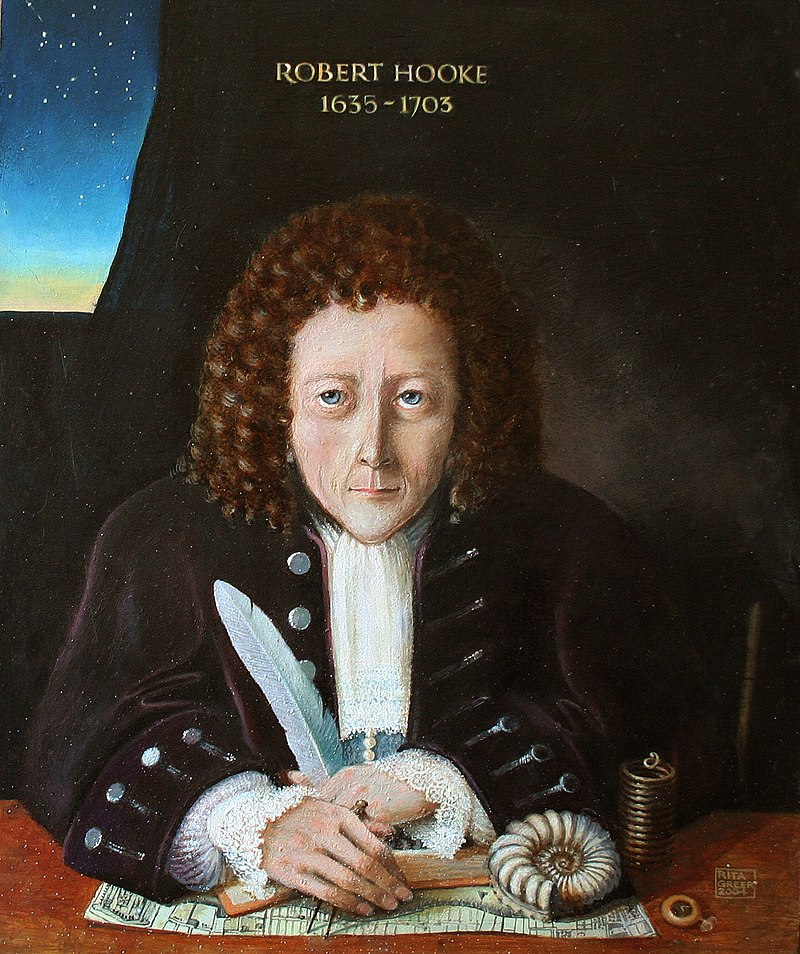Biologia: bactéria totalmente comandada por ADN sintético reproduziu-se
Nasceu a primeira forma de vida artificial
As primeiras células sintéticas pareciam diminutos ovos estrelados azuis
Uma bactéria, comandada por uma molécula de ADN sintético, conseguiu reproduzir-se da forma mais natural. O resultado, publicado na revista Science, tem aplicações e implicações – científicas e filosóficas – ainda em grande parte desconhecidas
Na fotografia, as células, com uns 70 micrómetros de diâmetro, parecem diminutos ovos estrelados com a gema azul. Graças a isso, sabemos que não estamos a olhar para uns microrganismos quaisquer, mas para as bactérias criadas por cientistas no laboratório. Vida artificial, fabricada de raiz num pratinho de vidro, a partir dos seus componentes genéticos elementares.
A nova bactéria foi feita “a partir de quatro frascos de compostos químicos”, gosta de repetir Craig Venter nas entrevistas que tem concedido à imprensa (sob embargo) nos últimos dias. Com os seus colegas, o conhecido “caça-genes” norte-americano acaba de inaugurar oficialmente a “era da biologia sintética”. Cada um desses quatro “frascos”, entenda-se, contém uma das "letras" do "alfabeto" com que se escreve o ADN – A, T, G, C –, as moléculas de base que compõem esse grande livro da vida genético.
A equipa do J. Craig Venter Institute, EUA, já tinha anunciado várias vezes o que vinha aí. Mas na realidade, a sua saga, que começou há mais de 15 anos e custou 40 milhões de dólares, foi pautada, sobretudo desde 2007, por episódios muito excitantes – e também por obstáculos que fizeram os autores temer o fracasso. “Demorou muito mais tempo do que poderíamos ter imaginado”, salienta Venter.
Mas já está – e o nascimento desta primeira forma de vida artificial ficará registado para a posteridade nas páginas da edição de sexta-feira da revista Science (e na Web, desde hoje). “Esta é a primeira célula sintética jamais fabricada”, afirma Venter, “e dizemos que é sintética porque a célula é totalmente derivada de um cromossoma sintético.”
Peças de lego
Em 2007, a equipa mostrou que era possível transplantar o genoma de bactérias de uma espécie para bactérias de outra espécie semelhante e fazer com que a segunda mudasse de espécie, adquirindo a da primeira – isto é, trocasse a sua própria identidade pela do seu novo ADN. No ano seguinte, conseguiram sintetizar na íntegra o genoma de uma bactéria.
Bastava agora, para criar um ser vivo artificial, combinar as duas coisas. Assim obter-se-ia uma bactéria cujo ADN fora retirado e substituído por um ADN diferente – e desta vez, completamente fabricado pelos cientistas. Esperava-se que esta bactéria se comportasse como um ser vivo natural, usando o ADN sintético como património genético para se reproduzir.
Uma primeira dificuldade técnica foi simplesmente o facto de não existir tecnologia que permita construir moléculas do tamanho do ADN, composto pelo encadeamento de centenas de milhares de pares de bases A, T, G, C. Ora, o ADN da bactéria utilizada nas experiências, Mycoplasma mycoides, contém mais de um milhão de pares de bases.
Os cientistas começaram por comprar a uma empresa especializada os cerca de 1000 bocadinhos, cada um com uns 1000 pares de bases, que constituem esse ADN bacteriano. Recorda Venter: “Foi como ter uma caixa de peças de lego e ter de as montar.”
Introduziram as peças dentro de leveduras (uma máquina natural de desfiar ADN) e obtiveram peças mais extensas; a seguir, introduziram-nas dentro de bactérias Escherischia coli e sintetizaram cadeias ainda maiores – antes de as voltarem a pôr dentro de leveduras. No fim, tinham um genoma inteiro de Mycoplasma mycoides, totalmente fabricado no laboratório.
Contudo, o ADN sintético era um pouco diferente do ADN natural de Mycoplasma mycoides, porque entretanto os cientistas tinham eliminado 14 genes potencialmente patogénicos (para as cabras) e acrescentado várias “marcas de água” – sequências de letras do ADN facilmente reconhecíveis como artificiais: um sítio de Internet, os nomes dos elementos da equipa e várias citações famosas, “para dar um toque mais filósofico à coisa”, frisa Venter.
Um bug microscópico
Mas o mais difícil foi fazer com que o novo ADN funcionasse dentro das células hospedeiras – e de facto, da primeira vez que os cientistas introduziram, esperançados, o genoma sintético nas células da bactéria Mycoplasma capricolum... nada aconteceu. Tal e qual especialistas de software, a equipa andou durante três meses a fazer debugging do código do ADN, explica um artigo jornalístico que acompanha a publicação na Science. Finalmente descobriram, há cerca de um mês, que o que estava a empatar tudo era um erro numa única letra do código! Os ovos estrelados com gema azul começaram a proliferar.
Nem toda a gente concorda em dizer que a nova bactéria é totalmente sintética, uma vez que foi preciso introduzir o ADN artificial dentro de uma célula viva já existente. Mas isso não impede os especialistas ouvidos pela Science de saudarem os resultados. Venter, quanto a ele, não tem dúvidas de que a bactéria seja totalmente sintética: “Após algumas replicações, não resta absolutamente nada de M. capricolum nas novas células”, argumenta. Novas células que produzem unicamente – e da forma mais natural do mundo – proteínas específicas de M. mycoides.
Por enquanto, o processo não é eficiente. Mas as aplicações futuras podem ser coisas como a criação de algas produtoras de petróleo (Venter já tem um “grande contrato” com a Exxon) ou que reduzem “em 99 por cento” o tempo de fabrico das vacinas contra a gripe sazonal (em colaboração com a Novartis).
![]()
![]()
![]()
![]()
![]()
![]()
![]()



